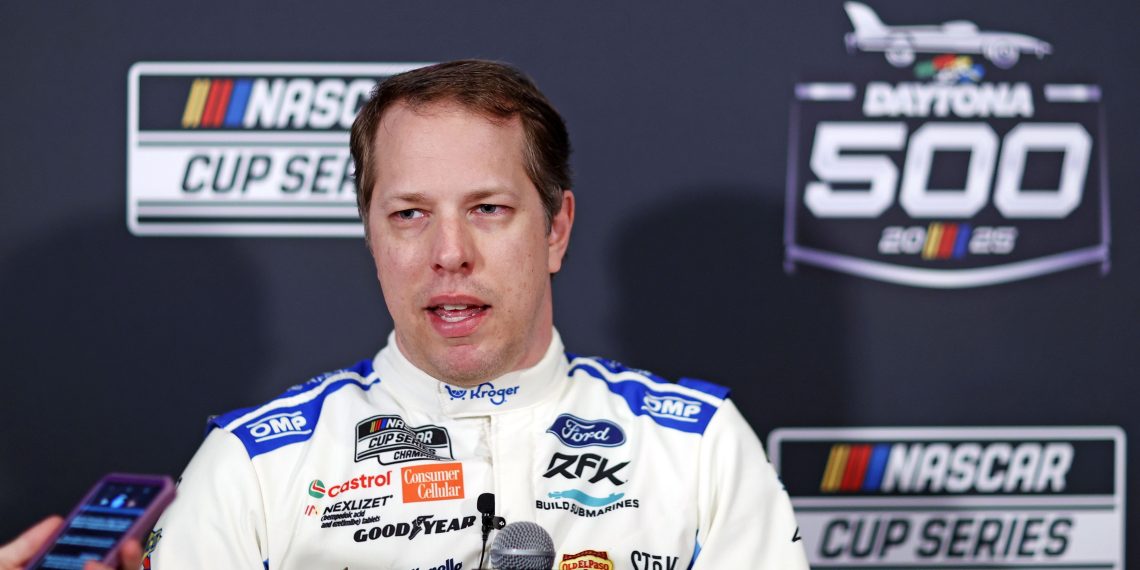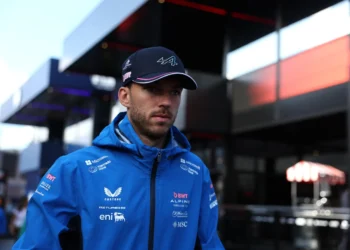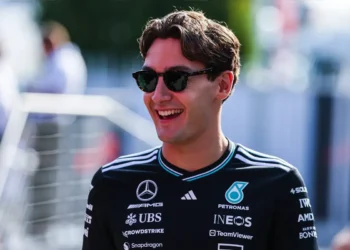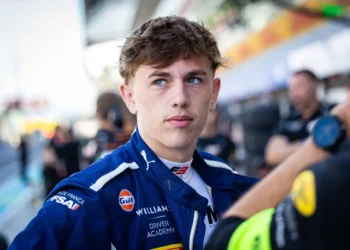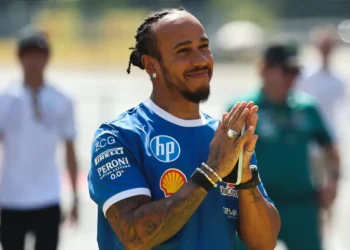As the dust settles from the Daytona 500’s intense chaos, with a wreck count hitting its highest since 2019, NASCAR drivers are voicing their frustrations and concerns. Denny Hamlin’s candid expression, “I’m tired of this s—. I work so hard to work on my craft,” encapsulates the sentiment of many racers who had their hopes dashed in the high-stakes race. With 35 out of 41 cars crashing, the spotlight is on the Next-Gen car’s lower horsepower that causes speed differences and leads to bunching up.
Among the sea of disgruntled racers, Brad Keselowski emerges with a glimmer of optimism. Keselowski suggests that the upcoming race at the 1.54-mile superspeedway-intermediate hybrid track in Georgia might provide a refreshing contrast to the tumultuous Daytona experience.
Keselowski’s faith in the Atlanta run is not unfounded. During the 2023 Ambetter Health 400 race, he was on the brink of victory. Leading twice for 47 laps, Keselowski seemed destined for his first win for RFK Racing. However, a collision with Joey Logano relegated him to the second spot. Despite this setback, Keselowski expressed his love for Atlanta racing, praising it for facilitating side-by-side bump drafting without wrecking the field. This sentiment starkly contrasts Daytona’s outcome, where even slight close-quarters racing led to accidents.
The Atlanta track’s appeal extends beyond Keselowski. Chase Elliott similarly lauded the track, attributing its likability to the repaving and reconfiguration it underwent to accommodate the aero packages used in Daytona and Talladega. Elliott praised the investment made to enhance the track and make the racing more exciting. Keselowski echoed these sentiments, highlighting Atlanta as a testament to NASCAR’s ability to meet commercial and sporty objectives.
However, Keselowski also underscored the need for NASCAR to strike a balance between race craft and tradecraft. Referring to the Daytona chaos where a total of 96 cars crashed across all three NASCAR tiers, Keselowski stressed the importance of the series’ legitimacy. He likened the series to the Harlem Globetrotters, highlighting the need for both race craft and tradecraft to matter at all times.
The aftermath of the Daytona 500, however, continues to weigh heavily on drivers. This is particularly true for those who saw their talent overshadowed by the unpredictability of the race. Joey Logano is one such driver who emerged from the Daytona 500 with mixed feelings. Despite leading for the most laps, a collision with Ricky Stenhouse Jr. sparked a multi-car crash, robbing him of a potential victory.
Logano’s frustration with the role of ‘luck’ in racing is palpable. The randomness of the race was exemplified when William Byron, who was running seventh, capitalized on the chaos and rushed forward to claim the checkered flag. This left drivers like Hamlin and Logano questioning the essence of NASCAR’s most prestigious race.
As the drivers gear up for the Atlanta race, it remains to be seen whether their frustrations will be quelled or exacerbated. However, one thing is certain: the superspeedway package is under scrutiny, and the Atlanta race will be a critical test for NASCAR’s ability to appease its drivers.

